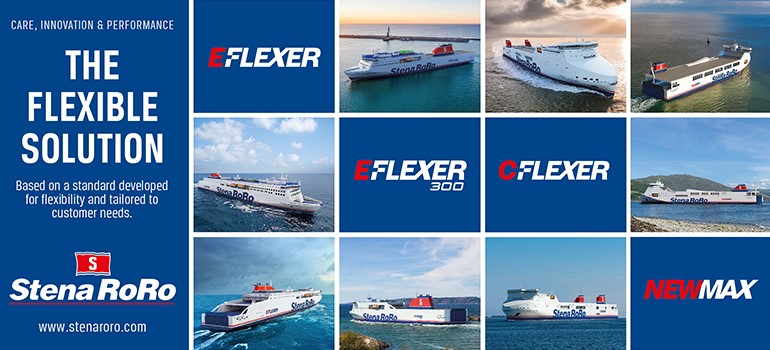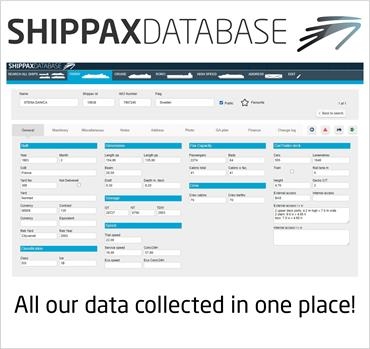
EU Entry-Exit System will come into force on 12 October 2025
The EU Entry-Exit System (EES) is set to go live on 12 October 2025. This critical development will significantly impact ferry operators connecting third countries to the Schengen Area. The EES is an automated IT system designed to electronically record the entry and exit of non-EU citizens at external borders. This means capturing biometrics – fingerprints and facial images – for all third-country nationals aged 12 or older who are entering the EU for short stays.
For ferry operators servicing routes to and from third countries to the EU such as UK or Morocco, this will introduce an additional layer of border control for passengers and potentially even crew members.
It is a system that is inspired by aviation-style border processing, introducing fingerprint documentation and facial recognition as part of its biometric data collection for non-EU citizens entering and exiting the Schengen Area. which presents unique challenges for our industry's operational realities. The concept of the EES has been discussed for a long time, with its roots going back to 2017. Initially, during the regulatory process, there was a regrettable lack of consultation with passenger ship operators.
Our task force, comprising major operators directly affected, has consistently voiced concerns. The primary worry is the potential for significant delays at ports. Imagine the time required to process biometric data for car and bus passengers – it is a huge undertaking that is largely beyond operators' direct control but will be highly disruptive. Interferry has consistently argued that 100% biometric checks from day one are simply unfeasible and that IT systems need sufficient dry-run periods. There's also the critical issue of passenger information: how will the EU ensure third countries are fully informed, and what adjustments will be needed for our booking systems?
Moving from the Regulation’s 100% controls from day one, the European regulators have softened their stance, accepting the validity of the operational concerns raised by the industry, and now allow for a gradual roll-out (dubbed ‘progressive approach’) over a six-month period. Member States can thus choose themselves how quickly they deploy the EES - in full or start with a phase-in schedule at selected border control points, as laid out in Regulation 2025/1534. Member States are required to share their national plans with the Commission by 25 September 2025, outlining their deployment schedules.
Crucially, Member States are only required to communicate with the infrastructure operators of the border crossings where EES will apply (i.e., the ports), and not with the users of that infrastructure, such as ferry operators. This makes it even more important that our members are proactive. Therefore, our strongest advice is to maintain close contact with your ports of call to determine if and when the EES will be deployed at your specific locations.
Aug 20 2025
Most read
Study Finds Methane Slip on Brittany Ferries’ SALAMANCA 50% Lower Than EU Default Values
Sep 07 2025


















